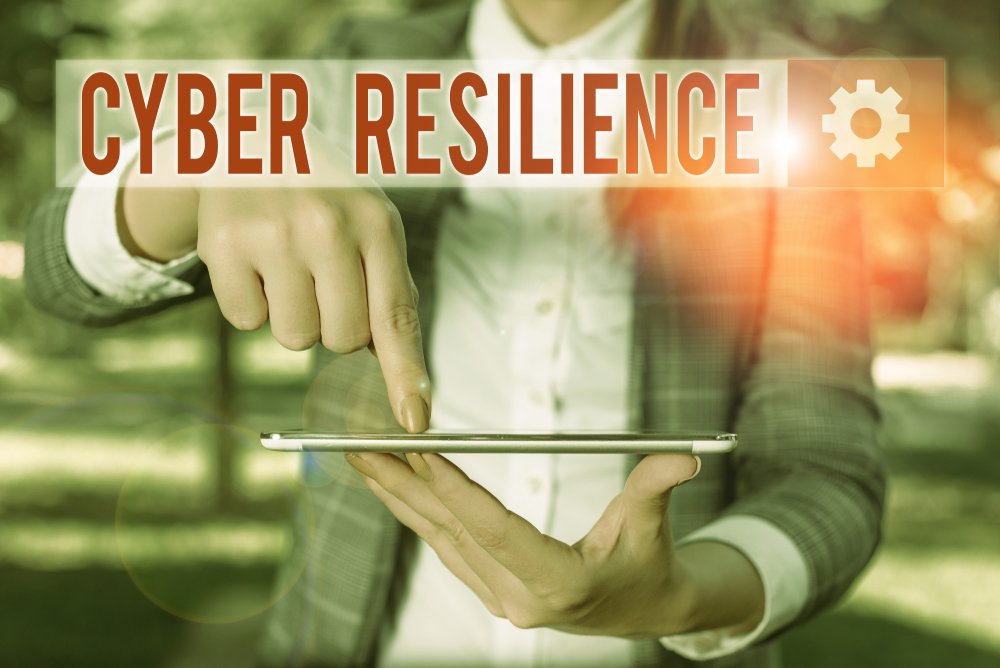


Disasters such as the pandemic have been used by scammers to trick people online and exploit weak or stolen passwords. The worst hackers try to steal financial data and destroy business networks. The pandemic has triggered a rise in remote work, which now accounts for 20 percent of cybersecurity incidents. Here's a look at why you need to transform your operation into a cyber resilient business.
The pandemic has put extra pressure on businesses to become cyber resilient. Running a business large or small in COVID times means practicing social distancing, spending cautiously from a tight budget, and checking your infrastructure for vulnerabilities. Offering remote work solves the problem of social distancing, yet it creates opportunities for hackers to exploit mobile systems.
Data can be breached or damaged in various ways. One of the most common methods for both originates with malware sent through email. When an unsuspecting employee is deceived into clicking a link to something like a prize or a coupon, it downloads malware onto the victim's hard drive. Malware can destroy both hardware and software as well as freeze up computers.
Any business that has not trained its employees to be aware of hackers is at risk of phishing scams, in which a hacker masquerades as a friend, co-worker, boss or popular brand. After building trust with the victim over a period of time through a process known as social engineering, the attacker encourages the victim to click a link in a deceptive email.
These days hackers are using the coronavirus to get people to click links for sympathy or to donate to a charity. Some scammers have registered new domains using COVID-19 in the URL to attract donors. The links then deliver malware. The most dangerous type of malware is called ransomware, in which the hacker freezes up the victim's computer then demands payment through cryptocurrency. If the victim refuses to pay, the hacker warns the data will be destroyed.
A recent AON Report found that remote workforces were facing increasing cyberattacks. Meanwhile, a survey of small business owners taken before the pandemic by the Small Business Administration found that 88 percent of them acknowledged the vulnerability of their operation to an attack. Many companies simply cannot afford an IT staff and do not have the personnel with expertise in cybersecurity.
Part of the challenge for a business in the COVID era will be to outsmart cybercriminals by using strong cybersecurity layers and taking proactive steps to protect a virtual private network (VPN) and its devices.
The key to minimizing risks in a remote workforce partially involves using multifactor authentication. That means after the password is entered at the login, the user must take at least one more step to access the account. Many times that extra step is to answer a security question or enter a pin number. The more factors or steps added to the login process, the more secure the account will be.
The first step in minimizing the risks of encountering cyberthreats is to review and address the risks involved. Understand that all businesses are targets of phishing attacks or email links that can spread malware. Due to the fact that hackers target workers of businesses they find through social media, it's crucial to train all staff members who use company resources to understand the nature of cyber risks. Other important steps include updating software, backing up all files, and creating a backup disaster recovery plan.
Every manager should involve and educate employees about awareness of the keys to a cyber resilient business. Not only must you set up a robust, multi-layered security system, but you must also invest in the right solutions to protect your hardware and software. For help securing cyber insurance for your property, talk to the team at Tompkins Insurance Agencies. We look forward to helping you find the right solution for your needs.